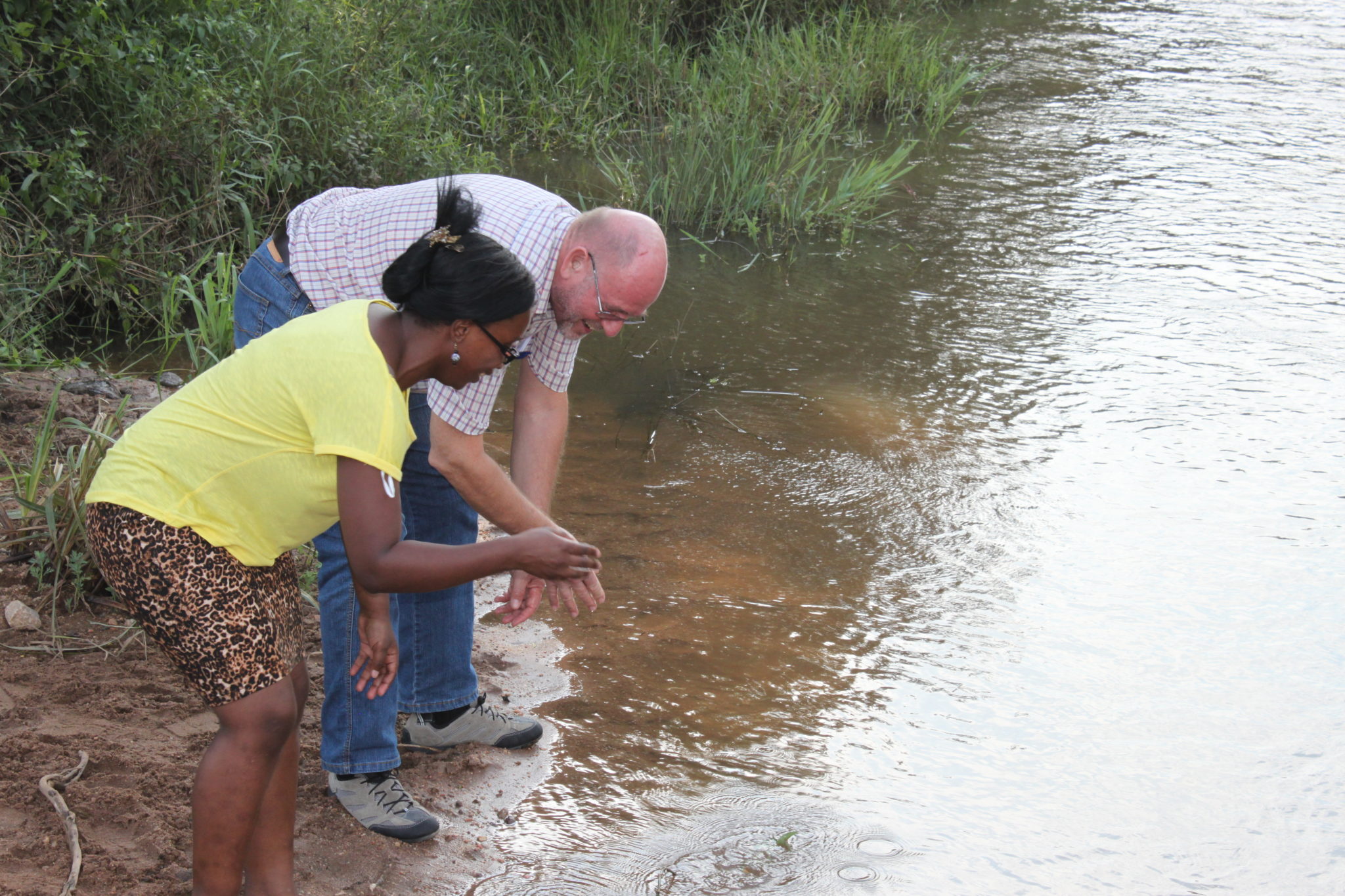Patient who is from schisto endemic site and living there
Diagnosis of current clinical problem
The current clinical problem could be caused by live egg-laying worms or
by dead eggs deposited in the tissues.
- Microscopy urine/ stool
- Visual examination of lesions (colposcopy, cystocopy, or colonoscopy)
- Targeted PCR urine/ stool/ vaginal swab (live worms only)
Schistosomiasis antibody test is not useful as almost all are positive

Screen individuals
- Repeated urines/stool microscopy until you find eggs
- Schistosomiasis antibody test is not useful as almost all are positive
Screen populations
Explore children aged 10-14 years
E.g. 50 pupils’ urines and stools in each school
Patient who is from schisto endemic site but left

Diagnosis of current clinical problem
The current clinical problem could be caused by live egg-laying worms or
by dead eggs deposited in the tissues
- if possible, take a targeted biopsy of the affected tissue, make sure to view several sections. This will reveal both dead and viable ova.
- Targeted PCR (many laboratories) and CAA (Leiden University Medical Centre, Netherlands) will only show live parasites. This has implications for treatment.
Schistosomiasis antibody test is NOT useful as many will be positive
Screen individuals
- Repeated urines/stool microscopy use LARGE volumes of urine, e.g. entire urine volume for several days, let it sediment
- PCR urine / stool / vaginal swab
- Schistosomiasis antibody test is useful, positive cases should be treated if they have not been treated before.
Screen a group who used the same water bodies
- Pool blood from many individuals for CAA or
- Pick typical person(s) with symptoms or most water exposure
- Schistosomiasis antibody test is useful, positive cases should be treated if they have not been treated before.
Patient who briefly visited schisto endemic site and left
Diagnosis of current clinical problem
The current clinical problem is likely caused by live egg-laying worms
Minimum 8 weeks after exposure:
- Schistosomiasis antibody test may be useful but sensitivity is only 75%
- CAA (Leiden University Medical Centre, Netherlands)
- Targeted PCR urine / stool / vaginal swab/ biopsy/ sperm (Oslo University Hospital)

Screen individuals
Minimum 8 weeks after exposure:
- Schistosomiasis antibodies may be useful but sensitivity is only 75%
- Repeated urines/stool microscopy use LARGE volumes of urine, e.g. entire urine volume for several days, let it sediment
- (PCR urine / stool / vaginal swab (Oslo University Hospital))*
Screen a group of travellers
Minimum 8 weeks after exposure:
- Pool blood from many individuals for CAA or
- Pick person(s) with symptoms or most water exposure
- Repeated urines/stool microscopy use LARGE volumes of urine, e.g. entire urine volume for several days, read sediment
- PCR urine / stool / vaginal swab (Oslo University Hospital)
*These patients could be treated without diagnosis
